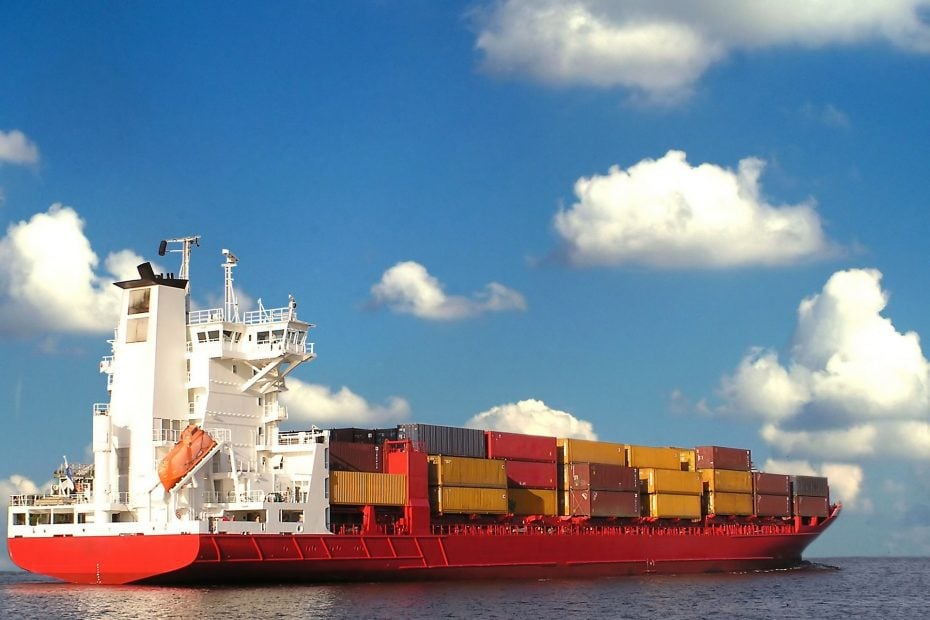Navigating Global Trade: Unlocking Opportunities with CTPAT Certification
Introduction
3 min read
Joe Hurst : Jan 24, 2024 1:34:25 PM

Ever wonder what a CTPAT Tier rating is and how you get it? In this article, we explain the difference between the CTPAT Tiers and how your company can achieve them.
The Customs-Trade Partnership Against Terrorism (CTPAT) program has three different tiers: Tier 1, Tier 2, and yep you guessed it, Tier 3. These tiers represent different levels of security measures and compliance requirements that companies can achieve within the CTPAT program. Each tier builds upon the previous one, with Tier 3 being the highest level of security and compliance.
Tier 1: To qualify for Tier 1, a company must complete an online security profile outlining its supply chain security measures, commit to meeting the CTPAT MSC, and have the plan approved by the CBP. This includes registering on the CTPAT portal, uploading information about their business partners, cargo handling procedures, and security protocols – and ultimately being accepted into the program by the assigned Supply Chain Security Specialist (SCSS). Tier 1 companies can monitor and be monitored via the SVI portal by other CTPAT-certified companies.
All accepted CTPAT members are at first considered Tier 1 and retain a significant advantage over non-CTPAT companies when it comes to expediting cross-border shipments. In other words, a Tier 1 CTPAT accepted applicant is perceived as a lower risk by the CBP’s automated targeting system and may be eligible for fewer security inspections and scrutiny at the port. Although the figures aren’t public, we have experienced that trade examinations are reduced by a factor of 3-6x vs. non-CTPAT shippers. Other CTPAT benefits include access to FAST (Free and Secure Trade Program) lanes on land borders, including expedited cargo processing. If the container is selected for the exam, it will receive priority and be moved to the front of the line.
Tier 2: Tier 2 involves undergoing a CTPAT validation that is conducted by a CTPAT SCSS. This means a detailed (and often onsite) review of all protocols, processes, and evidence of implementation. The CTPAT SCSS may choose to take a tour of the facility, inspect other business partners, and audit documents to make sure the CTPAT MSC is being met or exceeded. This results in approximately twice the risk reduction of Tier 1 and can lead to far fewer “red flags” throughout the entire port entry process. If the SCSS deems a validation successful, they may promote the company to Tier 2 status. It typically takes a validation cycle or two (done every 1-3 years depending on the CBP’s schedule) to gain Tier 2 status, as well as interest by the CTPAT company to improve their Tier status.
Tier 3: Tier 3 is the most advanced and prestigious level of the CTPAT program. Companies at this tier have demonstrated the highest level of supply chain security and have implemented strong security measures throughout their operations. To achieve Tier 3 status, companies must undergo a thorough validation process by Customs and Border Protection (CBP) and also show the comprehensive ability and evidence that they are monitoring their entire supply chain. The entire company from the CEO on down must be trained on CTPAT requirements and be supportive of its mission.
Large importers are typically the most popular type of Tier 3 member because they are responsible for so many containers, and also have control over their origin and stuffing. Selection for Tier 3 is often a collaborative effort between a company, the SCSS, outside consultants, and even CBP upper management. It can take years of excellent performance in the eyes of the CBP, along with best-in-class adherence to the MSC. Also promoting the values of CTPAT and other mutually recognized programs to business partners goes a long way in prompting the CBP to recognize and promote a company to Tier 3. The benefits of Tier 3 include true “green lane” treatment with no or infrequent security inspections. Tier 3 members are also typically involved with the CBP regarding new policies, and security ideas, and can ultimately can save significant time and money on container releases.
Best-in-class adherence to the MSC is a major consideration by the CBP for Tier statuses. Increasingly the CBP is focusing on electronic retention and maintenance of records such as Security Questionnaires, Reviews, and Risk Assessments, as a leading focus in the ascent to Tier 3 status. This is because a CTPAT program is very difficult to upkeep without electronic assistance or software. Having an electronic solution in place shows a tangible commitment to the process. (This is where you can leverage Veroot’s CTPAT Automation Software)
More facts (subject to change at the CBP’s discretion) on Tier 3 Status:
We hope this detailed review of the CTPAT Tier process was helpful and look forward to any questions you might have. For more information on CTPAT certification, or help on how you can start at Tier 1 and eventually end up at Tier 3, contact us below.
Veroot is here to support you on your CTPAT quest. To hear more about our consultancy options or see a demo of our CTPAT software, please contact us below!

One of the frequent questions we get asked as consultants and software providers for Customs Trade Partnership Against Terrorism (“CTPAT”) is “How do...

With Veroot, National Dentex Labs Passed Its Validation in an Hour and Completed Its Annual Audit a Month Early